Black Box is an urban commute mobility which provide inattentive feedback, in order to reduce anxiety of autonomous ride, raise acceptability of autonomous driving and improve the journey experience by building trust in autonomous vehicles.
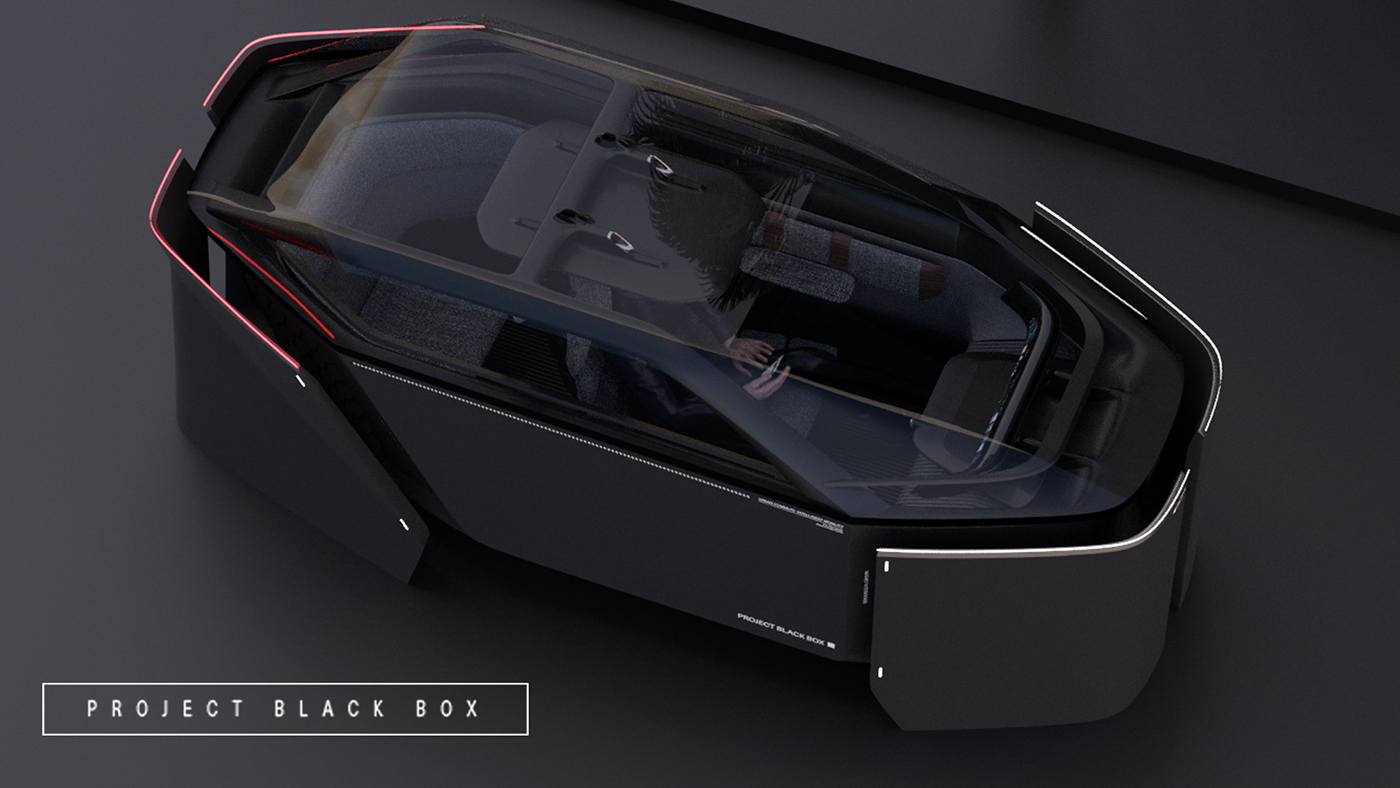
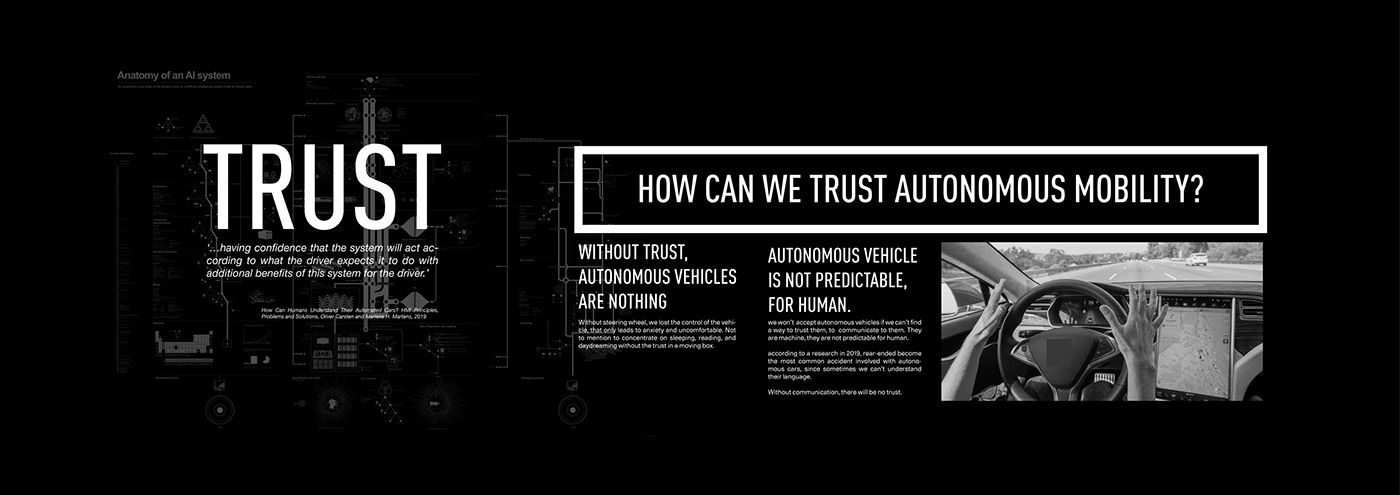
‘…having confidence that the system will act according to what the driver expects it to do with additional benefits of this system for the driver.’

AGE
It is reasonable to believe that the number of old adults (over 65) driver decreased, since age-related changes in cognitive function, vision, and motor abilities may negatively affect the driving safety of older adults. And these changes in physical and mental health may contribute to the end of driving. Obviously, the popularization of autonomous driving will benefit the elderly a lot with their social connectedness, general health and independence, whereas the data shows the old adults have less willingness to driving an autonomous vehicle than people who is younger.
According to the research, strong concern of safety and technology reliability was found among the older adults who were not willing to use FAV (fully autonomous vehicles) ride sharing. Under certain situations, respondents would like to have more control over the vehicle, such as navigate traffic lights, stop signs, turns, and weather conditions. Apparently, due to the negative age-related changes of health, old adults have more concerns about “fearful technology” which result in requirement for more approachable control feature in autonomous vehicles.
Furthermore, research shows that old adults are not feeling comfortable being in a car without a driver, because they have a preference to have another individual in the vehicle who can provide help or conversation if needed. Some responders mentioned they enjoy the process to build friendship with the driver when they use non-profit ride service, which support the idea of social connection is a valuable part of ride for old adults.
And there is another issue for the elderly, old adults usually have less methods such as internet and social media, to gain information about new technology. That lacking information about autonomous technology and its usage may reinforce their distrust and increase concerns. But increased exposure to autonomous vehicles technology may increase older adult comfort with driverless vehicles, which will lead to a higher acceptability to a driverless ride.
GENDER
The research before shows that male is more eager to use autonomous driving than female. According to a research report in 2016, men anticipate please and not anxiety, which was associated with a higher willing ness to use automated cars for both sexes. Conversely, women were more likely to anticipate anxiety and not pleasure, which leads to a lower willingness to use automated cars.
The biological sex difference on the willingness to use automated cars occurs, because female do not just feel less pleasure towards autonomous cars, they additionally feel more anxious towards them. In another words, female tend to feel more anxiety which was mainly caused by the distrust in autonomous driving, meanwhile man tend to focus on the pleasure from autonomous driving which led to a higher acceptability.
It is worth to mention that, the research also find “sex differences on the perception of anxiety” are not more pronounced “between elderly men and women rather than between young men and women.”, which is probably due to a higher safety concern caused by traumatic traffic event during life experience.
Personality
As for user’s personality which is another factor, and probably the most influential factor to my point of the view. People with more sense of responsibility shows their less willingness to give up the control of car. Conscientious quality leads to need for achievement and unremitting behavior, as well as probably to be more “conformists”. As for technology acceptance, their moderate attitude towards new technology contribute to their reluctantly
acceptance to unproven driverless technology, which means they prefer to trust their own performance in driving than losing control. High conscientiousness may become the barrier of using autonomous vehicles due to decreasing the need of being in control and being responsible for the vehicles.
People who is more open to experience also show their high acceptability in autonomous driving. Since openness personality has been found to be positively related to sensation seeking, and there is more intention for people who is high in sensation seeking to use driverless technology than low sensation seeker.

Benevolence means one cares about others and is motivated to act in the other person’s welfare. In the context of autonomous driving, it means the autonomous vehicles need to show that it is capable of making the kind choice. Usually, we push the button on the traffic light if we are intent to cross the street and then wait for the pedestrian light to turn green. But what if someone is in hurry and crosses the light in red? The human driver probably will slow down since it is inhuman and immoral to hurt other human beings on purpose. How can we make sure a machine can make the same choice, which is to stop before a green traffic light if there is a human crossing the street even if that human is breaking the rule. It will be more challenging if autonomous vehicles face ethical choices such as the “trolley problem”. However, the benevolent attitude of autonomous driving will always be an unavoidable issue for trustworthiness.
Honesty means one tells the truth and fulfills promises. Under the context of autonomous driving, it means providing accurate information about the surroundings’ condition and appropriate feedback to the user. The vehicle needs to provide a wider view of the world if necessary, which will allow a better understanding of the world to users. It could be evidence of vehicles reacting to other traffic and the environment. It is the car telling the user, “ I see the bus, don’t worry and I will handle the situation.”With appropriate classified feedback through sound, visual indicator, or haptic surface, it can alleviate anxiety in passengers. The trust may be built during the transparent communication between user and vehicle.
Competence means one is capable of achieving the goal that needs to be done, which means the autonomous vehicle can drive itself in a given situation. Waymo launched its driverless taxi service to the public in 2020. They are far from winning the driverless technology race, but it continues to be the clear industry leader. With more tests and studies in computer science in the future, the goal of fully self-driving seems to be achievable. That time, it will be necessary for designers to help the public to believe that autonomous vehicles are competent to do their job well. Research says any exposure to driverless technologies is beneficial to reducing concerns or increasing user acceptance, which means increasing familiarity with the advanced technologies to the public seems like one of the effective ways to increase positive attitudes and build trust in driverless vehicles.
Predictability means consistently doing what one will do so that another can make a prediction. In an autonomous vehicle, predicable behave from an automation system is beneficial to provide the user with a sense of control, which will make people feel confident about what they’re doing and what they’ll be able to accomplish. In the interview of semi-autonomous vehicles users, one of the users mentioned that he become familiar with the timing to take over from cars during his driverless life with his car. It takes time, but with a predictable, positive experience, users will know about how the experience should unfold, including the timing to change the lane or brake, etc. There is also an opportunity for designers to build a communication system to indicate the regularity of autonomous vehicles, which will help users to understand it. Therefore, the user will be able to give up the sense of control, then build trust in autonomous driving gradually.



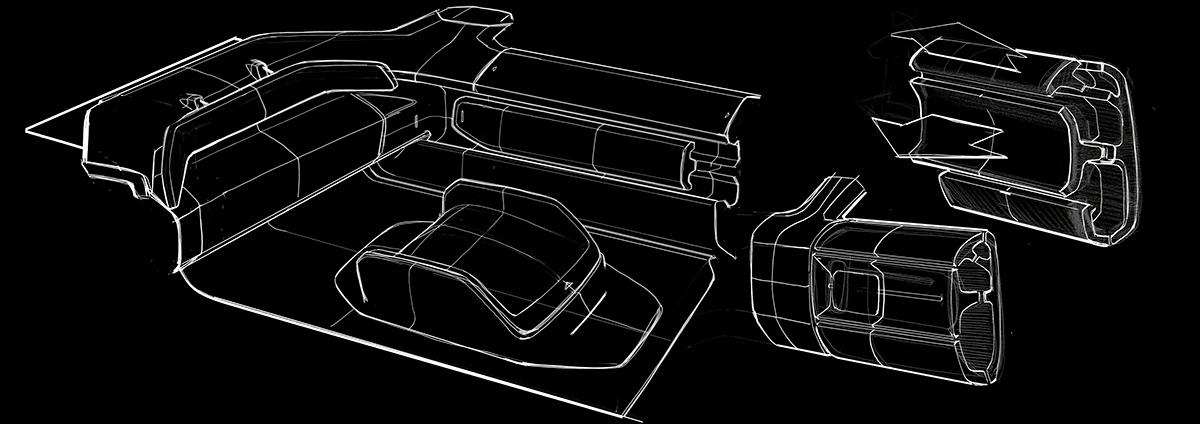
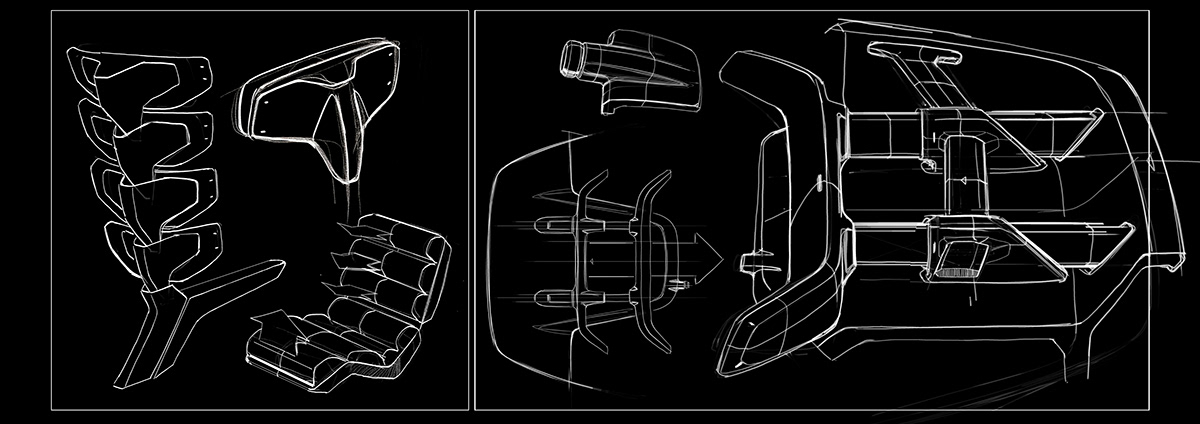





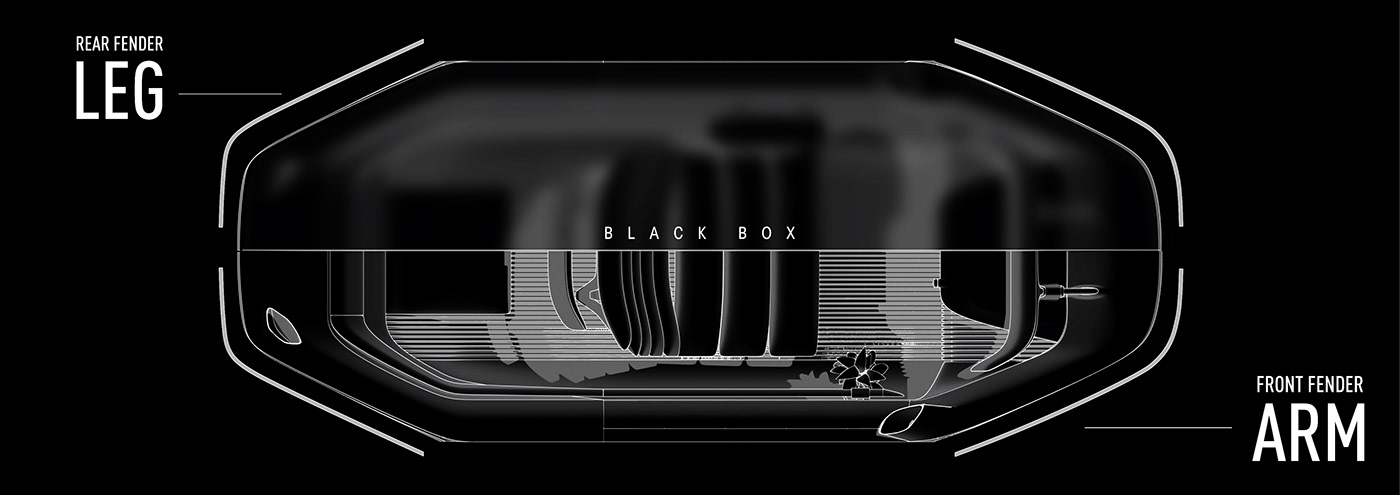







Thanks a lot to each and every one who supported me along the way.



